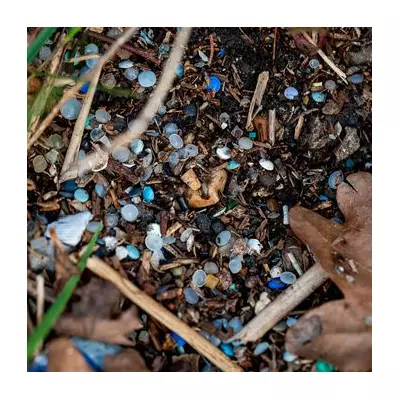
In a remarkable discovery that bridges London's urban landscape with Ireland's wild natural heritage, new research has uncovered profound botanical connections between the capital's famous Royal Parks and ancient Irish woodlands.
The Living Link Between Two Nations
Scientific analysis of tree populations and historical records reveals that many species thriving in Hyde Park, Regent's Park, and other Royal Parks originated from Irish monastic gardens and ancient forests. This living connection dates back to medieval times when religious orders exchanged plant species across the Irish Sea.
Monastic Roots of London's Greenery
The research points to Cistercian and Benedictine monasteries as key players in this botanical exchange. Medieval monks systematically transported saplings and seeds from Ireland's sacred groves to establish medicinal gardens and symbolic plantings around London's early religious institutions.
"What we're seeing is essentially a living archaeological record," explains Dr. Eleanor Vance, lead researcher on the project. "The genetic markers in certain oak and yew trees within the Royal Parks match perfectly with specimens from Irish sites dating back to the 12th century."
Surviving Specimens Tell Centuries-Old Story
Among the most significant findings are several ancient yew trees in Kensington Gardens whose genetic profiles align with yews from Connemara, suggesting they were among the earliest transplants. These resilient trees have witnessed everything from Tudor court intrigues to modern-day park visitors.
Ecological Implications for Modern Conservation
The discovery has important implications for contemporary conservation efforts. Understanding these historical connections helps conservationists develop more effective strategies for preserving both London's urban forests and Ireland's remaining ancient woodlands.
"This isn't just historical curiosity—it's practical science," notes Professor Michael O'Connell, a botanical historian involved in the study. "Knowing the Irish origins of these trees helps us understand their resilience patterns and conservation needs."
Continuing the Legacy
The Royal Parks authority has announced plans to acknowledge this Irish connection through new educational programmes and potentially establish a commemorative garden featuring species from both traditions, ensuring this shared botanical heritage continues to thrive for future generations.





